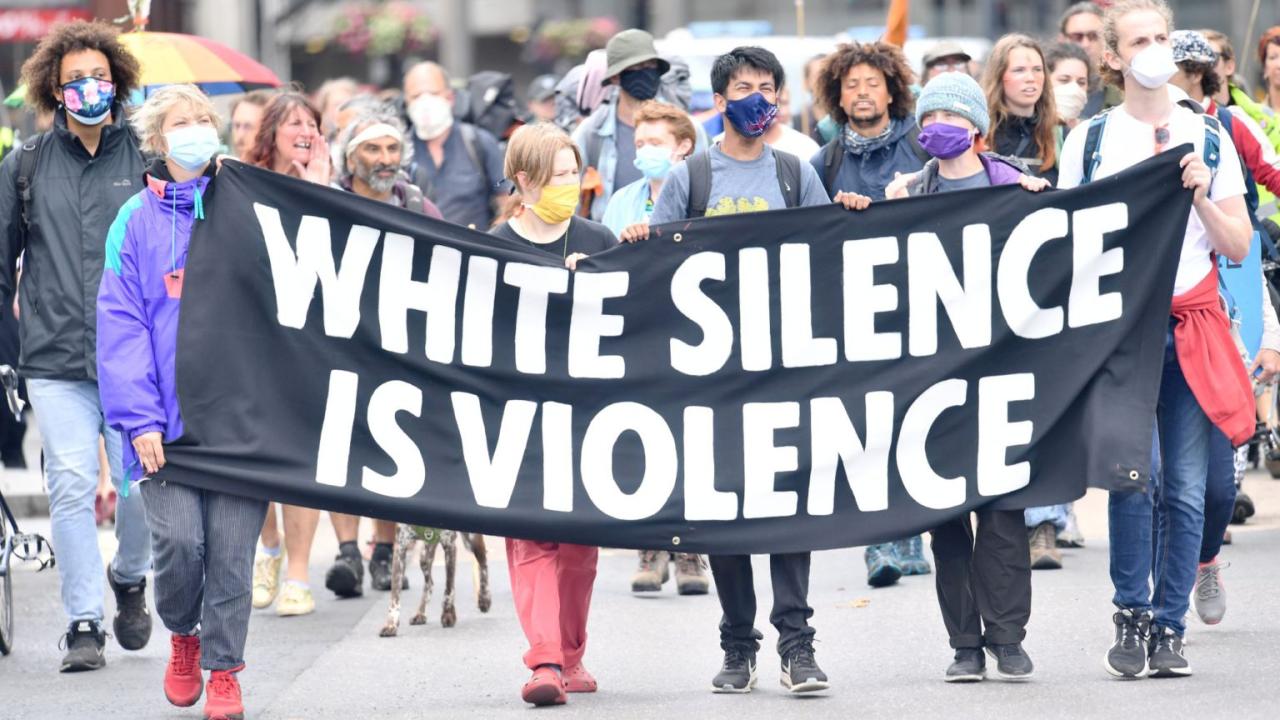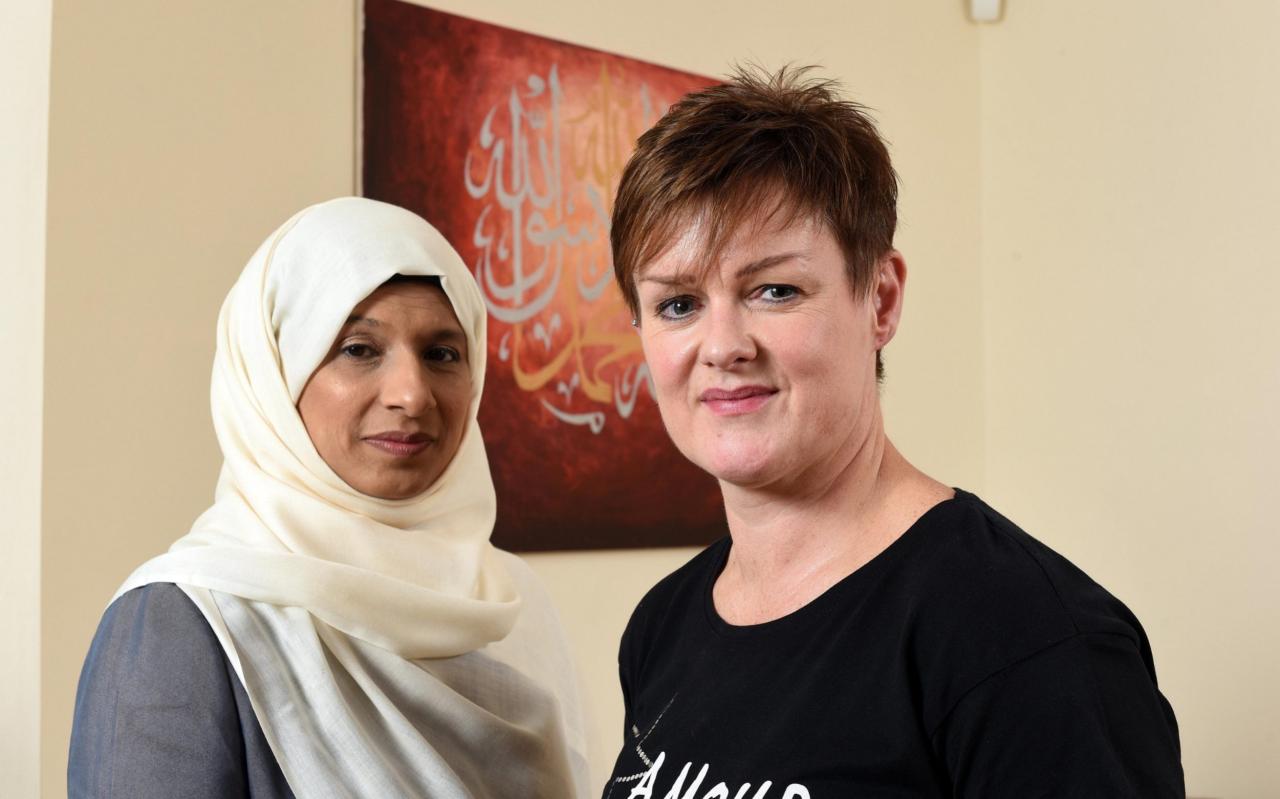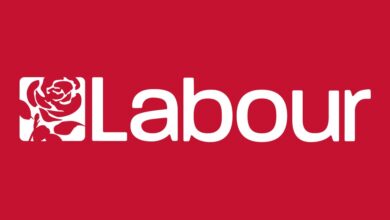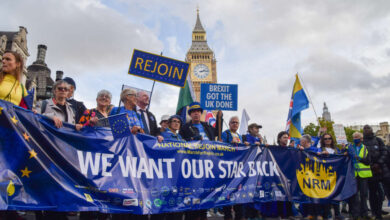
In Search of the White British Voter
In search of the white British voter, we delve into the evolving political landscape of the UK. This isn’t just about numbers; it’s about understanding the complex interplay of demographics, socio-economic factors, and media influence shaping voting patterns within this significant segment of the electorate. We’ll explore the key issues resonating with white British voters, examine how their perspectives are represented (or misrepresented) in the media, and analyze the strategies political parties employ to win their support.
From analyzing regional variations in voting trends to unpacking the impact of social class and cultural identity, we aim to paint a nuanced picture of this diverse group. We’ll look at how age, socioeconomic status, and geographic location intersect to influence political choices, ultimately offering a more comprehensive understanding of a crucial element of British politics.
The Shifting Demographics of the White British Electorate
The white British electorate, once considered a monolithic voting bloc, has undergone significant transformations over the past two decades. Factors such as immigration, economic shifts, and generational changes have contributed to a more diverse and nuanced picture of this demographic group. Understanding these changes is crucial for analyzing voting patterns and predicting future electoral outcomes.
Regional Variations in the White British Electorate
The composition of the white British electorate varies considerably across different regions of the UK. For instance, areas with historically higher levels of immigration, such as London and other major cities, may have a lower proportion of white British residents compared to more rural or traditionally homogenous communities. This regional variation impacts voting preferences, as different regions grapple with distinct socioeconomic challenges and priorities.
Areas with higher concentrations of working-class white British voters may exhibit different voting patterns than those with a larger middle-class or affluent population. These variations often influence political party strategies and campaign targeting.
Socioeconomic Backgrounds of White British Voters Across Age Groups
The socioeconomic background of white British voters shows a clear correlation with age. Older generations, particularly those who came of age before significant social and economic changes, may hold more traditional views and voting patterns. Younger generations, having grown up in a more diverse and interconnected world, often exhibit more fluid political affiliations and are more likely to support parties advocating for progressive social policies.
This generational divide influences voting patterns and the overall political landscape. For example, older voters might be more inclined towards established parties, while younger voters show a greater willingness to support newer or smaller parties. This difference is often reflected in the policy preferences of each group, impacting everything from economic policies to social welfare programs.
Data Representation: Age, Region, Socioeconomic Status, and Voting Trends
| Age Group | Region | Socioeconomic Status | Voting Trends (Illustrative Examples) |
|---|---|---|---|
| 65+ | Rural South East England | Upper-Middle Class/Retired Professionals | Historically Conservative, but increasing numbers showing openness to other parties due to concerns about Brexit and healthcare. |
| 45-64 | North West England | Working Class/Manual Labour | Historically Labour, but significant numbers switched to Conservative in recent elections due to concerns about immigration and the economy. Recent trends suggest a possible return to Labour, driven by cost of living pressures. |
| 25-44 | London | Middle Class/Professionals | More diverse voting patterns, with significant support for Labour and Liberal Democrats, often driven by concerns about social justice and environmental issues. |
| 18-24 | Scotland | Varied Socioeconomic Backgrounds | Strong support for the Scottish National Party, reflecting a desire for greater autonomy and distinct national identity. |
Media Representation and its Impact on White British Voters

The portrayal of white British voters in mainstream media is a complex issue, significantly impacting their political attitudes and engagement. Analysis reveals a fluctuating narrative, sometimes accurately reflecting their concerns, other times presenting a skewed or incomplete picture. This variation can be attributed to several factors, including journalistic biases, editorial choices, and the inherent complexities of representing a diverse demographic group under a single label.
Understanding this dynamic is crucial to comprehending the broader political landscape of the UK.
Understanding the “white British voter” often means looking beyond simple demographics. It requires understanding the complex interplay of social groups and their aspirations. For instance, consider the quiet success stories of British Nigerians, as highlighted in this fascinating article: how british nigerians quietly made their way to the top. Their achievements challenge preconceived notions and enrich the broader narrative of British identity, which is crucial when searching for a nuanced understanding of the white British voter and their place within that evolving landscape.
Mainstream media outlets often focus on specific aspects of white British voters’ experiences, frequently highlighting anxieties surrounding immigration, economic insecurity, and cultural change. News stories might feature interviews with individuals expressing these concerns, sometimes emphasizing a sense of displacement or a feeling of being overlooked by the political establishment. While these narratives can accurately represent the anxieties of some segments of the population, they often fail to capture the full spectrum of views within the demographic.
This selective representation can reinforce existing biases and stereotypes, shaping public perception and potentially influencing voting behavior.
Understanding the “white British voter” feels a bit like exploring the ocean’s depths; you think you know the surface, but there’s so much more hidden below. It’s a complex landscape, much like discovering the unique ecosystems found in the deep sea, where, surprisingly, as explained in this fascinating article the deep sea is home to dark oxygen , things aren’t always as they seem.
Similarly, uncovering the nuances of this voting bloc requires careful investigation beyond superficial assumptions.
Examples of Media Narratives
Media narratives regarding white British voters frequently center on issues of national identity and cultural preservation. For example, coverage of Brexit often highlighted concerns about sovereignty and immigration among this demographic, sometimes emphasizing a sense of loss of control. Conversely, media outlets have also showcased examples of white British voters embracing multiculturalism and progressive policies, demonstrating the diversity of opinion within the group.
However, the balance between these narratives varies significantly across different media outlets, contributing to the perception of bias.
The Influence of Media Bias on Political Attitudes
Media bias, whether conscious or unconscious, can profoundly impact the political attitudes of white British voters. Repeated exposure to narratives emphasizing particular anxieties, such as those related to immigration or economic decline, can reinforce pre-existing beliefs and shape political preferences. This effect is amplified by the tendency of individuals to seek out media sources that confirm their existing viewpoints, creating echo chambers that limit exposure to alternative perspectives.
Consequently, media bias can contribute to political polarization and hinder constructive dialogue across different segments of the population.
Understanding the “in search of the white British voter” narrative requires looking beyond the UK. Consider the recent US midterm elections, where shifts in voting patterns played a huge role; check out this article on the 5 house seats republicans flipped from democrat control for some insight. These kinds of electoral shifts highlight how complex and interconnected these seemingly disparate political landscapes truly are, adding another layer to the puzzle of understanding the white British voter.
A Hypothetical Media Campaign for Nuanced Understanding
A hypothetical media campaign aimed at fostering a more nuanced understanding of white British voters could focus on diverse storytelling and representative sampling. The campaign would feature a series of documentaries and news reports showcasing the wide range of experiences, perspectives, and political viewpoints within this demographic. Instead of focusing solely on anxieties and grievances, the campaign would highlight the contributions and achievements of white British individuals across various sectors of society.
Furthermore, the campaign would actively seek out and amplify voices from diverse backgrounds within the white British community, ensuring representation of different age groups, socioeconomic statuses, and geographical locations. This approach would aim to counter existing stereotypes and foster a more accurate and comprehensive understanding of this significant part of the UK electorate.
The Influence of Social and Cultural Factors: In Search Of The White British Voter

Understanding the voting patterns of white British voters requires acknowledging the significant influence of social and cultural factors. These factors often intersect and interact in complex ways, shaping individual political preferences and contributing to broader electoral trends. While economic concerns undoubtedly play a role, the lens of social class, geographic location, religious belief, and cultural identity provides a richer understanding of this complex electorate.
Social Class and Political Preferences
Social class significantly impacts the political leanings of white British voters. Historically, working-class voters have shown a stronger tendency towards Labour, while middle and upper-class voters have often favoured Conservative parties. However, this traditional alignment has become increasingly blurred in recent years. The rise of populist movements and economic anxieties have led to a fragmentation of traditional class-based voting patterns, with some working-class voters shifting their allegiance towards right-wing parties and some middle-class voters embracing more left-leaning policies.
This shift reflects the changing economic landscape and the growing awareness of issues beyond traditional class divisions, such as immigration and national identity.
Voting Patterns: Urban versus Rural
Geographic location also plays a crucial role. Urban areas tend to exhibit a higher proportion of Labour voters, reflecting a concentration of working-class communities and a greater diversity of population. Rural areas, on the other hand, often show a stronger preference for Conservative parties, possibly linked to different economic concerns, a more homogenous population, and a greater emphasis on traditional values.
This urban-rural divide is not absolute, however, and significant variations exist within both urban and rural areas, depending on factors such as local economic conditions and the presence of specific ethnic or religious communities.
Religious Affiliation and Cultural Identity, In search of the white british voter
Religious affiliation and cultural identity exert a nuanced influence. While the UK is a largely secular society, religious beliefs can still shape political views on issues such as abortion, same-sex marriage, and education. For example, voters with strong religious affiliations might be more inclined towards parties that reflect their values on these social issues. Similarly, cultural identity, often linked to regional pride or nationalistic sentiments, can impact voting decisions, with voters prioritizing parties that champion specific cultural traditions or address concerns about national identity.
The rise of nationalism and anxieties about immigration have made cultural identity a more prominent factor in recent elections.
A Fictional White British Voter: Margaret from Yorkshire
Imagine Margaret, a 62-year-old white British woman living in a small village in Yorkshire. She worked as a primary school teacher for 30 years, belonging to the middle class but always identifying strongly with the working class values of her upbringing. Margaret is a devout Anglican, attending church regularly and holding traditional views on family and community. While not overtly nationalistic, she feels a strong sense of local and national pride.
Her voting decisions are influenced by her concerns about the local economy, the quality of public services (particularly education and healthcare), and the preservation of traditional values. While she might have traditionally voted Labour, concerns about immigration and a perceived lack of focus on rural communities have led her to consider voting Conservative in recent elections, highlighting the complexities of voting motivations within this demographic.
Electoral Strategies and Targeting White British Voters

Political parties in the UK employ a range of strategies to engage the white British electorate, a demographic that, while diverse, often holds significant sway in electoral outcomes. These strategies are constantly evolving, adapting to shifting social attitudes and technological advancements. Understanding these strategies is crucial to comprehending the dynamics of British politics.Targeting white British voters involves more than simply broadcasting a message; it necessitates a nuanced approach that considers the specific concerns and values of various subgroups within this broad demographic.
Key Strategies Employed by Political Parties
Political parties utilize a multi-pronged approach to reach white British voters. Traditional methods like canvassing and leaflet distribution remain relevant, particularly in areas with lower internet penetration. However, digital campaigning, through targeted social media advertising and email marketing, has become increasingly important. This allows parties to tailor their messaging to specific interests and demographics, reaching individuals with tailored content based on their online behaviour and declared preferences.
Furthermore, public appearances at local events, community engagement initiatives, and carefully crafted media appearances (including targeted interviews and appearances on specific television or radio programmes) all play a significant role.
Effectiveness of Campaigning Techniques
The effectiveness of different campaigning techniques varies significantly depending on the target audience and the message being conveyed. While traditional methods still hold sway with older voters, younger demographics are more receptive to online campaigning. The success of any campaign also hinges on the credibility and resonance of the message itself. A poorly conceived message, regardless of the platform used to disseminate it, will likely fall flat.
Conversely, a well-crafted message delivered through the appropriate channels can significantly influence voter behaviour. For example, a campaign focusing on economic anxieties might be more effective using traditional media like local newspapers, while a campaign highlighting social issues might be better suited to social media platforms.
Messaging Strategies of Different Political Parties
Different political parties employ contrasting messaging strategies when targeting white British voters. For instance, the Conservative Party often emphasizes economic stability and national security, appealing to voters concerned about these issues. The Labour Party, conversely, may focus on social justice, inequality, and public services, resonating with voters prioritizing these concerns. The Liberal Democrats might highlight their centrist position, attempting to appeal to a broader range of voters across the political spectrum.
These messaging differences reflect the parties’ differing ideologies and their attempts to attract specific segments of the white British electorate.
Tailoring Messages to Specific Subgroups
To illustrate how a party might tailor its message, consider a hypothetical example: Let’s say the Conservative Party wants to appeal to working-class white British voters in a specific region known for its manufacturing history. Instead of focusing solely on national economic growth, the party might emphasize policies supporting local businesses, investment in infrastructure projects that create jobs in the region, and skills training initiatives designed to upskill the local workforce.
This targeted approach would resonate more effectively with the specific concerns and aspirations of this subgroup than a broader, national-level message. This approach would acknowledge the unique challenges and opportunities faced by this community and demonstrate that the party understands and addresses their specific needs.
Understanding the white British voter isn’t about pigeonholing a population; it’s about recognizing the diversity of views and experiences within this demographic. By examining the interplay of demographic shifts, key political issues, media representation, and social factors, we can gain a clearer perspective on the forces shaping British politics. The journey to understanding this electorate is ongoing, requiring continued analysis and a commitment to listening to a wide range of voices.
Only then can we hope to foster a more inclusive and representative political landscape.





